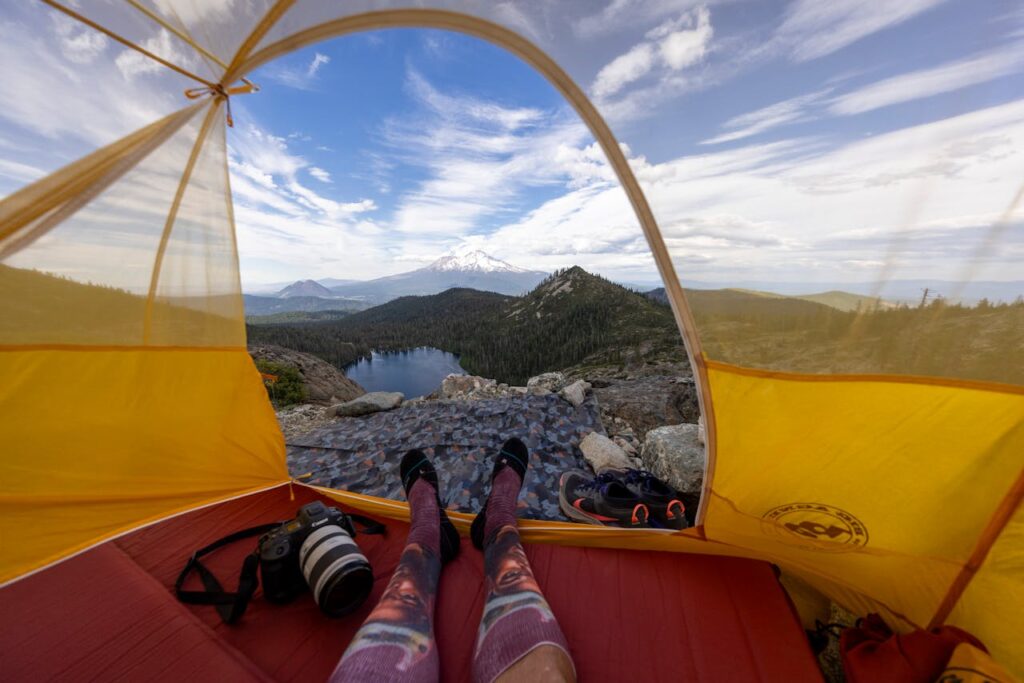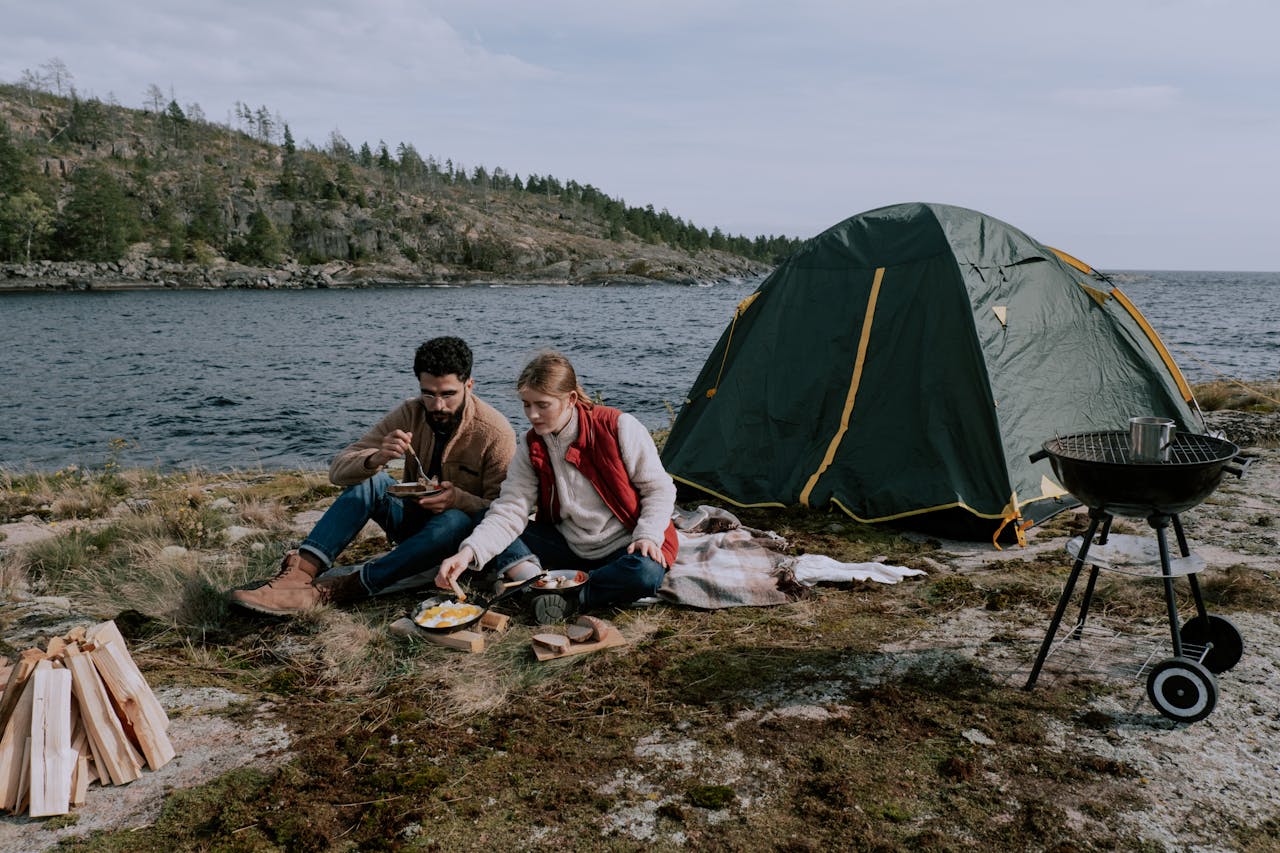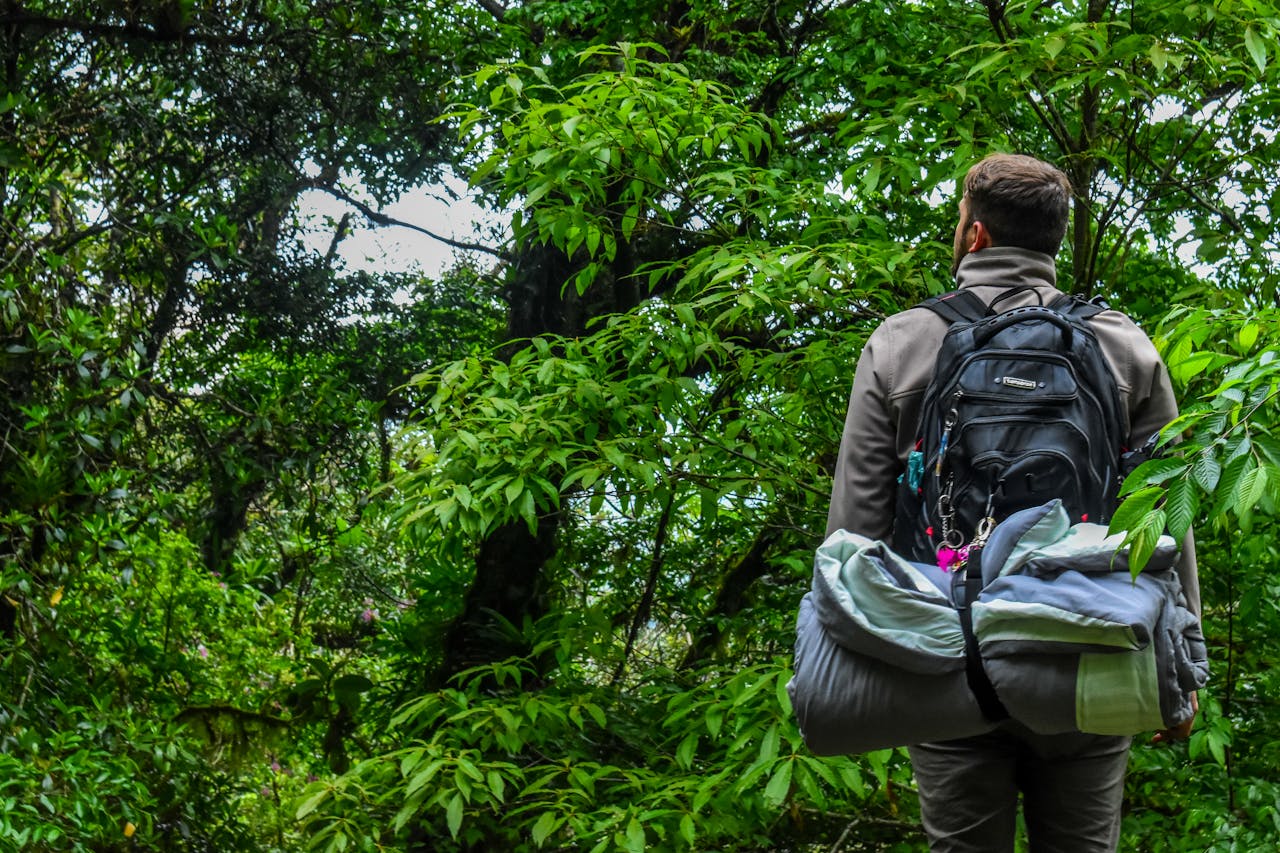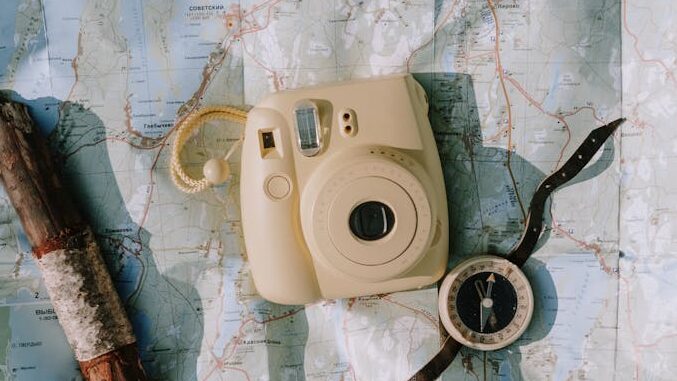Planning a camping trip can feel overwhelming, but with thorough preparation, you can ensure that your adventure will be enjoyable and memorable. This guide will cover everything you need to know about organizing a successful camping trip, from choosing the ideal campsite to packing the right camping gear. Follow these steps to make your next outdoor adventure a success.
1. Choose the Perfect Date and Location
Selecting the right date and location is crucial for a successful camping trip. The date will impact the weather, the number of people at the campsite, and the activities available.
For instance, summer camping offers long, warm days but may mean crowded campgrounds. Conversely, camping in the fall provides stunning scenery and cooler temperatures, although some amenities might be limited.
When planning a camping trip, consider what type of outdoor adventure you’re seeking. A campsite near a lake or river allows for water activities, while a mountainous area offers hiking trails and panoramic views.
Research the weather and terrain conditions for your chosen date to avoid unexpected challenges. Don’t forget to make a camping reservation in advance, especially for popular destinations. Create a list of potential campsites and dates, and compare them to make the best decision. This step is vital for ensuring you secure a campsite that meets your needs.

2. Check the Campground Amenities
Once you’ve selected a location, it’s important to review the amenities and facilities available at the campground. Knowing what’s available will help you plan what camping gear you need to bring.
Ask yourself questions like: Does the campground have bathrooms and showers? Is there electricity, or will you need to rely on batteries?
Safety is another crucial aspect. Some campgrounds are located in areas with wildlife, so it’s essential to know what precautions are in place.
Additionally, check if the campground offers organized activities, such as guided hikes or equipment rentals, which can add value to your camping trip.
Basic Services
Basic services include restrooms, showers, and potable water sources. A well-equipped campground with these amenities will make your stay more comfortable, especially if you’re on a family camping trip with kids or elderly relatives.
Electrical Supply
Access to electricity is another factor to consider. Some campsites offer electrical hookups, which are convenient if you plan to use electronic devices.
If there is no electricity, be sure to pack enough batteries or bring a portable generator.
Recreation Areas
Look for campgrounds that offer recreational areas, such as playgrounds, sports courts, or even swimming pools.
These amenities are perfect for family camping trips or group activities, enhancing your outdoor experience.
Safety Measures
Safety should be a priority, especially if the campsite is in a remote area. Check if the campground has security personnel, cameras, or emergency protocols.
Also, learn about the presence of wildlife and how to protect yourself.

3. Review Local Regulations
Each campground has its own rules and regulations that you must be aware of before arriving. These may include restrictions on campfire use, quiet hours, or even the type of camping gear allowed.
Adhering to these guidelines not only ensures a safer experience but also shows respect for fellow campers.
4. Prepare Your Meals
Meal planning for camping is a crucial part of your preparation. Consider the length of your trip and the facilities available at the campsite.
If refrigeration isn’t available, choose non-perishable foods like dried fruits, canned goods, and energy bars. Don’t forget to bring a camp stove or cooking utensils if you plan on cooking over a campfire.
Avoid bringing food that requires complicated preparation or that may spoil quickly. Also, pack plenty of drinking water or a filter to purify water from natural sources.
With careful meal planning, you can enjoy delicious camping meals and avoid any food-related issues.
5. Pack the Necessary Camping Gear
Having the right camping gear is essential for a successful trip. This includes everything from your tent and sleeping bags to flashlights, cooking utensils, and appropriate clothing.
Make a camping checklist of all the camping trip essentials you need, and double-check each item before you leave.
If you plan on doing specific activities, like hiking or fishing, include the necessary gear in your list. Don’t underestimate the importance of basic tools like a multi-tool, ropes, and a shovel.
These items can be crucial in unexpected situations and contribute to a well-prepared campground setup.
6. Prepare for Rain
Weather preparation for camping is key, and that means being ready for rain or even strong winds. Bring rain gear such as waterproof jackets and pants, and make sure your tent is designed to withstand adverse conditions.
It’s also a good idea to pack an extra tarp to place over your tent for added protection.
Additionally, plan how to keep your gear dry. Waterproof bags for your clothing and electronics can make the difference between a great camping trip and a miserable one.
Being prepared for bad weather allows you to enjoy your camping trip, no matter what nature throws your way.
7. Make Your Packing List
A well-organized packing list ensures that you don’t forget any camping trip essentials. Prioritize comfort and safety, and don’t skimp on items like a good sleeping bag, a comfortable sleeping pad, and personal hygiene products.
It’s also wise to bring some luxuries, such as a cozy camping chair or a reading lamp.
While the goal of camping is to connect with nature, it doesn’t mean you have to sacrifice comfort. With a comprehensive packing list, you’ll be prepared for any situation, allowing you to fully enjoy your outdoor adventure.
Remember to Have Fun
With all the steps in this guide covered, you can relax and enjoy your time in nature. The most important thing is to disconnect, enjoy the outdoors, and create special moments with your loved ones. Don’t forget to take pictures, explore, and make unforgettable memories! Now, there’s just one thing left to do: have fun!




